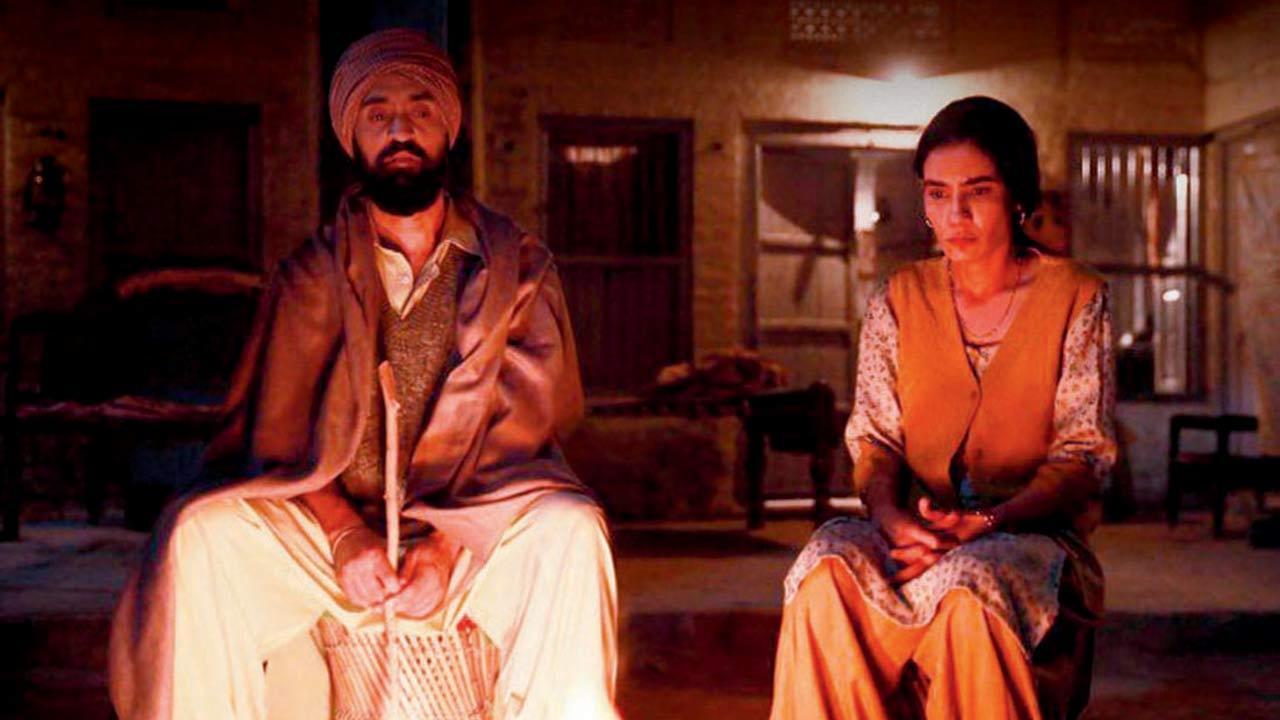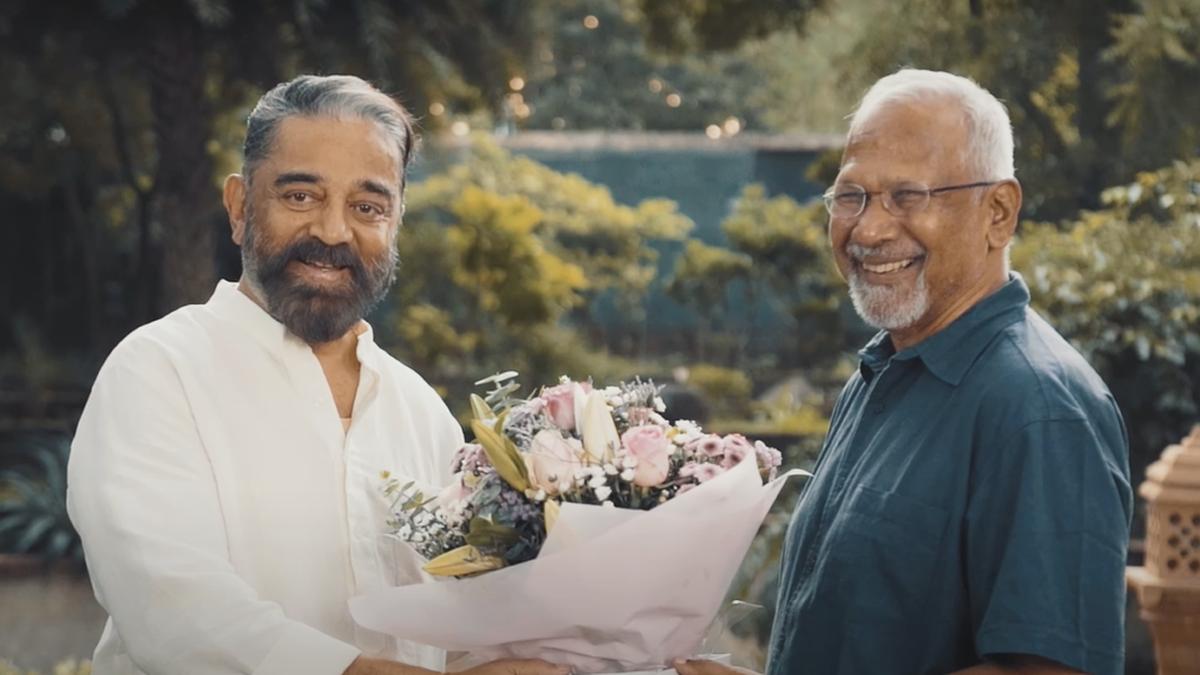
Cars slow down, feet falter, and eyes swivel to the myriad murals adorning the walls of schools, hospitals, and homes in Delhi’s Lodhi Colony. This quiet neighborhood, transformed over the past decade into what is now famously known as the Lodhi Art District, stands as a testament to one man’s vision of democratizing art.
On Sunday, September 22, 2024, India mourned the loss of Hanif Kureshi, the creative mastermind behind the country’s first public art district. A visionary artist and designer, Kureshi passed away at the age of 41 in Goa after a courageous battle with cancer. His death marks the end of an era for the street art movement he ignited across the nation.
The immense murals—ranging from freshly painted masterpieces to those displaying the character and wear of age—silently honor the artist who began this artistic renaissance. It all started in 2015 when Kureshi initiated the street art movement within the government staff residential colony. What began as a small-scale endeavor quickly blossomed into a widespread phenomenon, inspiring artists and art lovers alike.
In 2013, Kureshi co-founded the St+art Foundation alongside four other visionaries: Arjun Bahl, Akshat Nauriyal, Giulia Ambrogi, and Thanish Thomas. The not-for-profit organization aimed to bring the streets of India to life with vibrant art. Speaking on Kureshi’s inspiration, Bahl noted that the artist was driven by a desire to make art inclusive and accessible. “He always wanted to make art truly democratic for all. This was one of the reasons he started the project across the country. He was very passionate about Indian streets; he found them very colorful,” Bahl told PTI.
Known for his generosity and eagerness to teach others, Kureshi left a lasting impression on those around him. Over the last decade, the group managed to establish seven art districts across India, four of which remain active: Lodhi Art District in New Delhi, Ukkadam Art District in Coimbatore, Mahim Art District in Mumbai, and Nochi Art District in Chennai. What started as a pilot project with just two murals in Delhi has now expanded to over 60 stunning creations by both national and international artists.
Kureshi’s unique blend of typography and street culture set his work apart. In an Instagram post, he once expressed his desire to move art out of traditional galleries and make it accessible to the public. “I wanted to take art out of conventional galleries and museums and make it accessible for the public,” he wrote.
Despite being diagnosed with cancer 15 months ago, Kureshi remained optimistic.
. Bahl recalled, “He was hoping to beat this unfortunate disease he got. He never showed anyone that he was suffering or not; he always had a smile and was very positive.”
As news of his passing spread, condolence messages poured in from artists and art lovers who admired Kureshi’s pioneering work. Angad B. Sodhi, an X user, referred to him as a “student of the dying tradition of Indian street sign typography,” adding that Kureshi’s ‘HandpaintedType’ collections effectively brought this practice into the realm of high art. Another admirer, Edward Anderson, reflected on Kureshi’s significant impact on India’s urban visual landscape. “Really sad to hear about Hanif Kureshi, who has died far too soon. Hanif was an amazing guy and did wonderful work to celebrate and preserve the art of hand-painted signs in India,” Anderson wrote.
Tributes also came from those who simply appreciated the daily beauty his art brought into their lives. “When I look up and see the beautiful wall art in Delhi, I always smile. It gladdens my heart and makes my day a lot brighter. It’s terrible to hear that the man responsible for most of them, Hanif Kureshi, has passed away at only 41,” Ms. Kaveri posted on X.
The St+art Foundation took to Instagram to share the sad news of Kureshi’s demise, commemorating him as a “gifted mentor, collaborator, friend, father, and husband.” The organization highlighted his vital role in shaping India’s public art landscape, emphasizing his dedication to nurturing a community of artists, designers, and creatives who entrusted him with loyal guidance. “He was a pioneering figure for graffiti and street art with his tags spread across cities he traveled to,” the organization stated.
From the towering Mahatma Gandhi portrait on the Delhi Police Headquarters at ITO to the colorful caricatures on numerous metro stations in Bengaluru, and the black-and-white portraits of Nochikuppam residents in Chennai, Kureshi’s influence is evident. Through his work, he fulfilled his dream of making art belong to everyone.
Hanif Kureshi’s legacy will continue to inspire generations, ensuring that art remains a democratic and inclusive expression of human creativity. Just as he had always hoped.










